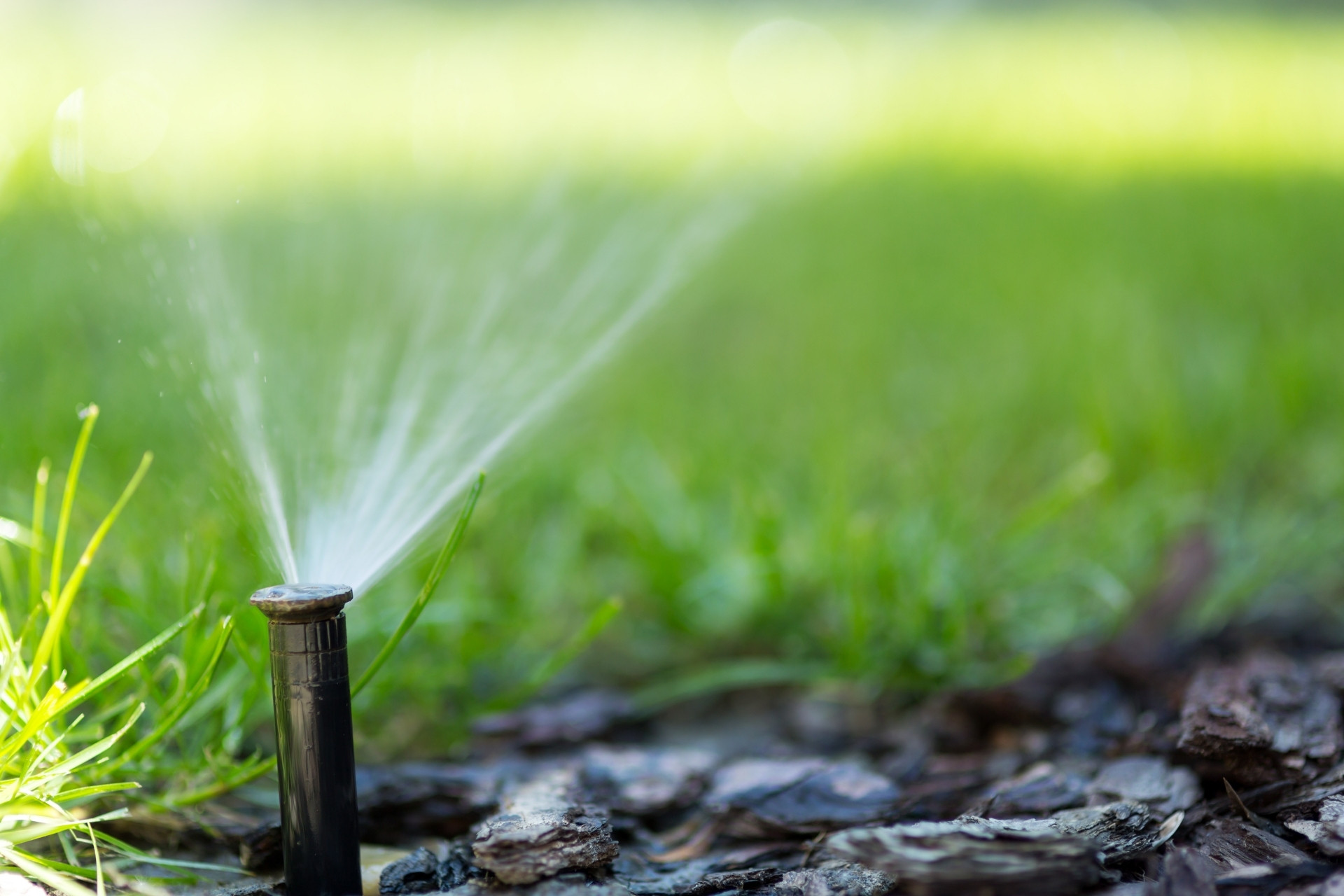The Best Mowing Schedule for NSW Lawns: Seasons & Frequency

A lush, even lawn doesn’t happen by chance—it’s the result of consistent care and perfectly timed mowing. In New South Wales, the climate varies from humid coastal regions to drier inland areas, meaning your mowing schedule needs to adapt with the seasons. At Brooksie’s Lawn Care & Maintenance, we understand local lawns inside and out, and we’re here to help you keep your grass looking its best all year long.
How Seasonal Growth Affects Your Lawn Mowing Schedule
Spring: Rapid Growth and Frequent Cuts
As temperatures rise and rainfall increases, your lawn enters its most active growth phase.
- Frequency: Mow every 7–10 days.
- Tip: Avoid cutting more than one-third of the blade height at once to prevent stress.
- Goal: Encourage thick, resilient growth and reduce weeds.
Summer: Maintain Height for Heat Protection
NSW summers can be hot and dry, especially inland. Longer blades help shade soil and retain moisture.
- Frequency: Every 10–14 days, depending on rainfall.
- Tip: Raise your mower height slightly and mow during cooler parts of the day to avoid scorching.
- Goal: Prevent heat stress and keep grass vibrant.
Autumn: Slow Growth and Transition
As daylight shortens and temperatures drop, your grass begins to slow its growth.
- Frequency: Every 2–3 weeks.
- Tip: Gradually lower the cutting height to prepare for winter dormancy.
- Goal: Maintain a clean, healthy surface while reducing debris build-up.
Winter: Minimal Growth, Minimal Mowing
Winter lawns in NSW—especially warm-season grasses like Couch or Buffalo—grow very slowly.
- Frequency: Once every 4–6 weeks, if needed.
- Tip: Only mow when the grass is dry to avoid disease and compaction.
- Goal: Keep the lawn tidy without stressing dormant grass.
Grass Height Guide for Popular NSW Lawn Types
Every lawn variety thrives at a specific height. Here’s our quick reference guide:
.png)
Tip: Adjust your mower height according to both grass type and season. During hot periods, add 5–10 mm to help reduce water loss.
Sample Annual Lawn Mowing Calendar for NSW

This schedule provides a solid foundation, but every lawn is unique. Factors like irrigation, soil health, shade, and fertilising all play a role in growth rates.
Pro Tips for a Perfectly Mown NSW Lawn
- Alternate mowing directions to reduce soil compaction and encourage upright growth.
- Sharpen blades regularly for a clean cut that prevents disease.
- Leave grass clippings occasionally—they act as natural fertiliser.
- Stay consistent. Skipping a mow can lead to uneven growth and excess thatch buildup.
For even healthier results, pair your mowing routine with seasonal fertilising and weed control—services we offer as part of our complete lawn care packages.
Keep Your NSW Lawn in Top Shape Year-Round
Your mowing schedule is the foundation of a great lawn. Whether you’re maintaining a small backyard or a large commercial property, following a structured, seasonal mowing plan ensures your grass stays thick, green, and resilient.
At Brooksie’s Lawn Care & Maintenance, we provide tailored lawn mowing and maintenance services across New South Wales—ensuring your lawn looks its best in every season.
Ready for a professional touch? Contact us today to request a free quote.




